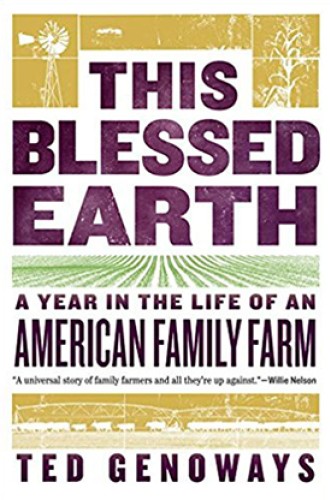The complex world of one family farm
Ted Genoways overturns assumptions not only about industrial agriculture but also about the farmers who are part of it.
In my early twenties, I worked on two organic farms and fell in love with small-scale, organic agriculture. Since then, I’ve grown vegetables in my backyard and subscribed to farmers’ shares of produce, eggs, and meat. In my early thirties, I married into an Iowa family that makes its living in agribusiness. Since then, my worldview of industrial versus sustainable agriculture has become less clear-cut.
My father-in-law can talk your ear off about the problem of phosphorous run-off and how his company works to address it. My mother-in-law has a home powered almost entirely by geothermal energy. They see many problems with “big ag,” but they see it in a complex, nuanced way.
Ted Genoways writes from a worldview similar to that of my in-laws. He profiles a farm family caught in the middle of the turbulent markets of modern agriculture where, as he puts it, agri-culture has been transformed into agri-business. Rick and Heidi Hammond, along with their son, daughter, and her fiancé, raise corn, soybeans, and a small herd of antibiotic-free beef cattle. They allowed Genoways to document a year in their life as well as six generations of their family history on the same Nebraska farmland, dating back to 1874.






